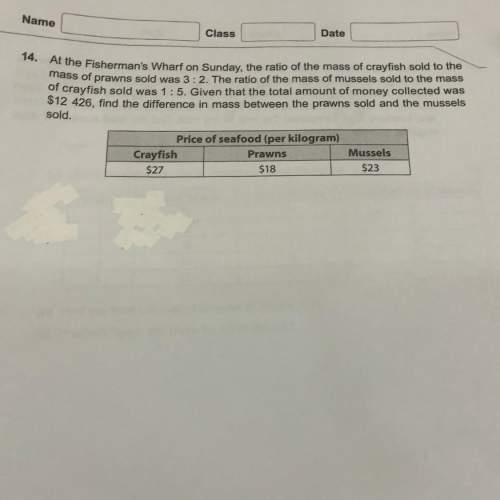
Mathematics, 28.08.2020 09:01 UratazZ
A triangle has three interior angle measures; x is the largest angle, y is the next largest angle, and z is the smallest angle. The measure of the largest angle is 60 degrees less than the twice the sum of the measure of the other two angles. The largest angle is twice the smaller angle plus 20 degrees. The sum of the triangle's interior angles is x + y + z = 180. Which two equations represent the remaining angle relationships? Select each correct answer.
x = 2z + 20
x=2(z+y)−60
x=2z+y−60
x = z + 20
x=60−2(z+y)

Answers: 1


Other questions on the subject: Mathematics

Mathematics, 21.06.2019 17:00, beautycutieforever10
Evaluate the expression for the given value of the variable. 5×(h+3) for h=7
Answers: 1


Mathematics, 21.06.2019 21:00, Abdullah1860
George is putting trim around his rectangular deck, including the gate. he will need 44 feet of trim to do the entire deck. if the deck is 13 feet long, how wide is the deck?
Answers: 2

Mathematics, 21.06.2019 21:30, gonzalezashley152
In a test for esp (extrasensory perception), the experimenter looks at cards that are hidden from the subject. each card contains either a star, a circle, a wave, a cross or a square.(five shapes) as the experimenter looks at each of 20 cards in turn, the subject names the shape on the card. when the esp study described above discovers a subject whose performance appears to be better than guessing, the study continues at greater length. the experimenter looks at many cards bearing one of five shapes (star, square, circle, wave, and cross) in an order determined by random numbers. the subject cannot see the experimenter as he looks at each card in turn, in order to avoid any possible nonverbal clues. the answers of a subject who does not have esp should be independent observations, each with probability 1/5 of success. we record 1000 attempts. which of the following assumptions must be met in order to solve this problem? it's reasonable to assume normality 0.8(1000), 0.2(1000)%30 approximately normal 0.8(1000), 0.2(1000)% 10 approximately normal srs it is reasonable to assume the total number of cards is over 10,000 it is reasonable to assume the total number of cards is over 1000
Answers: 1
You know the right answer?
A triangle has three interior angle measures; x is the largest angle, y is the next largest angle, a...
Questions in other subjects:







Mathematics, 29.07.2020 01:01



Computers and Technology, 29.07.2020 01:01




